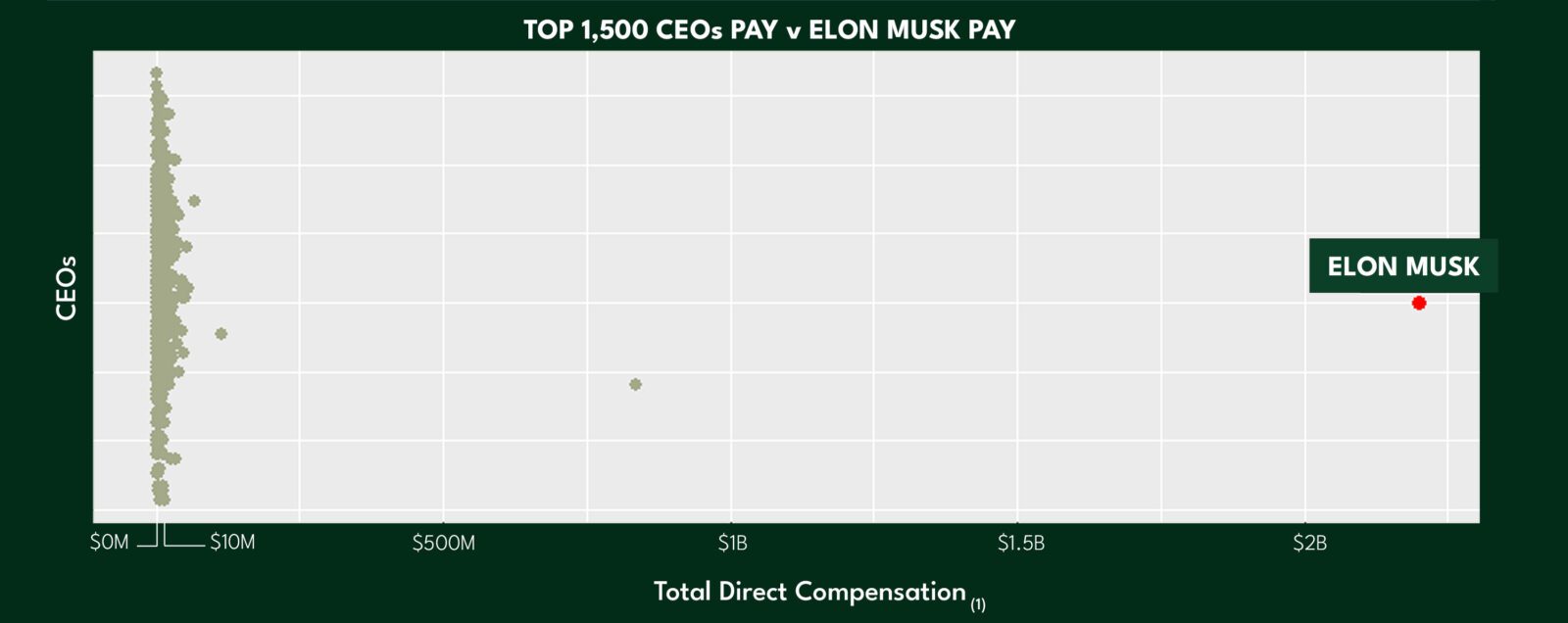Strategies for a Recession-Proof Compensation Plan
The Market Background
The stock market is down approximately 22% year to date (S&P 500 and Russell 2k) and US GDP has dropped in the last two quarters. By many economists’ measures, this defines the beginning of a recession. And while recessions and higher unemployment typically go hand in hand, the current unemployment numbers of 3.5% don’t support that notion. Looking back over time, historical recessions averaged 17 months, with modern recessions (since 1950) lasting only 10 months (all according to National Bureau of Economic Research). During those recession time periods, the US economy experienced corresponding increases in unemployment typically in the 2 – 4 basis point range. It is worth noting the last recession – “The Great Recession” – following the global financial crisis of 2007-2008 lasted two years and caused unemployment to reach a high of 10%. If historical averages hold true, the translation for unemployment and recession timing would be 5.5% – 7.5% peak unemployment rates near the end of 2023 and the market and unemployment turning around in 2024.
These potential macroeconomics set the stage for dynamic discussions among boards, executives & HR trying to attract, retain and motivate the best talent in a volatile market.
In Zayla’s experience navigating such discussions, we have found success implementing a variety of the following strategies into our clients’ compensation planning efforts that positioned them to achieve their human capital goals and objectives during volatile periods.
7 Recession-Proof Compensation Strategies
The best compensation programs start with the end goal first.
This translates into total rewards programs that are well thought out, ensuring they factor the following priorities in the following order:
- long-term strategy
- performance goals
- employee interests
- market competitive practices
- market conditions
TAKEAWAY 1: The best compensation programs begin with long-term strategy and end with short-term market conditions.
Market Competitive Base Salaries
Market competitive base salaries are not above-market or below-market base salaries. The past 12 months, companies have struggled with how to handle the combination of hyperinflation in the economy and hypertension in supply and demand of labor. This volatile recipe has compelled many companies to increase base salaries 6% to 10% over 2021 levels. While the official reported numbers are still out, the actual salary increases for 2022 are likely to be 50% greater than what was projected mid-year. Does the coming recession translate to base salary reductions? The answer is likely a no. However, this 24-month period of tremendous volatility is where great compensation programs are separated from good or not so good. A solid compensation philosophy to pay base salaries at the market 50th percentile positions the company to ensure they don’t have to overreact up or down and are able to handle temporary market issues with temporary pay (ie 1x bonuses, retention awards, etc.).
TAKEAWAY 2: With a looming recession, adopt a base salary philosophy to pay market 50th percentile and expect 2023 projected salary increases to be below the 2022 budget of 4%.
Broaden Short-Term Incentive Goals
Short term incentive goals should be meaningful and achievable. So, what do you do in a recession if the future earnings goal is projected to be lower than the prior year? Short-term incentive targets are typically set at or just above budget. If the earnings targets are dropping, short-term incentive targets should correlate. However, broadening the threshold and stretch “shoulders” of the plan can curb overpayment for the same performance as the previous year.
TAKEAWAY 3: Set meaningful and achievable bonus targets and broaden short term incentive “shoulders” to maintain appropriate pay for performance. Don’t let incentives become “disincentives.”
Maintain Long Term Incentive Award Values
If you have annual award cycles, consider maintaining long-term incentive (LTI) grant values. While this may produce a higher number of shares at a lower price, it may offset the drop in LTI value perceived by employees for the drop in stock price during the recession. Given most recessions are shorter than the three year vesting period, maintaining grant values through the recessionary cycle can reduce pressure on cash compensation post-recession.
TAKEAWAY 4: Maintain LTI grant values throughout the recession cycle, but be mindful of share usage via annual burn rate and total dilution.
Know the Market
The volatility of recessions creates uncertainty. While external market data received through published surveys and financial statements is helpful, company decision makers are working harder than ever to get real-time information that is projecting forward, not looking in the rearview mirror. Company executives should seek real-time and even forward-looking market trends through advisors, recruiters, employee feedback, and peers in the market. The best compensation plans consider external and internal data that is both backward and forward looking.
TAKEAWAY 5: Gather as much forward-looking market competitive compensation data as possible to help frame compensation strategy and practices through volatile time periods.
Be Opportunistic
Great teams make the best trades at just the right time. A recession can create great opportunities to upgrade under-performing employees with strong performers from other companies. These potential new strong performers can often be acquired from under-performing companies at a cost that would be significantly less than a strong market.
TAKEAWAY 6: Take advantage of market downturns to upgrade talent.
Stay in Touch With Your Employees
Employees want compensation transparency, but they will also give compensation transparency. Whether a company conducts formal communications (online employee perception surveys) or informal communications, the more a company can gauge its employee pulse, the better it can tailor the total rewards package to give the greatest bang for the buck. These additional communication touches with your employees can ease employee concerns, keep employees engaged, and provide indirect currency during a critical time.
TAKEAWAY 7: Additional employee communication is a valuable form of currency at any time, but especially during the uncertainty of a recession.



